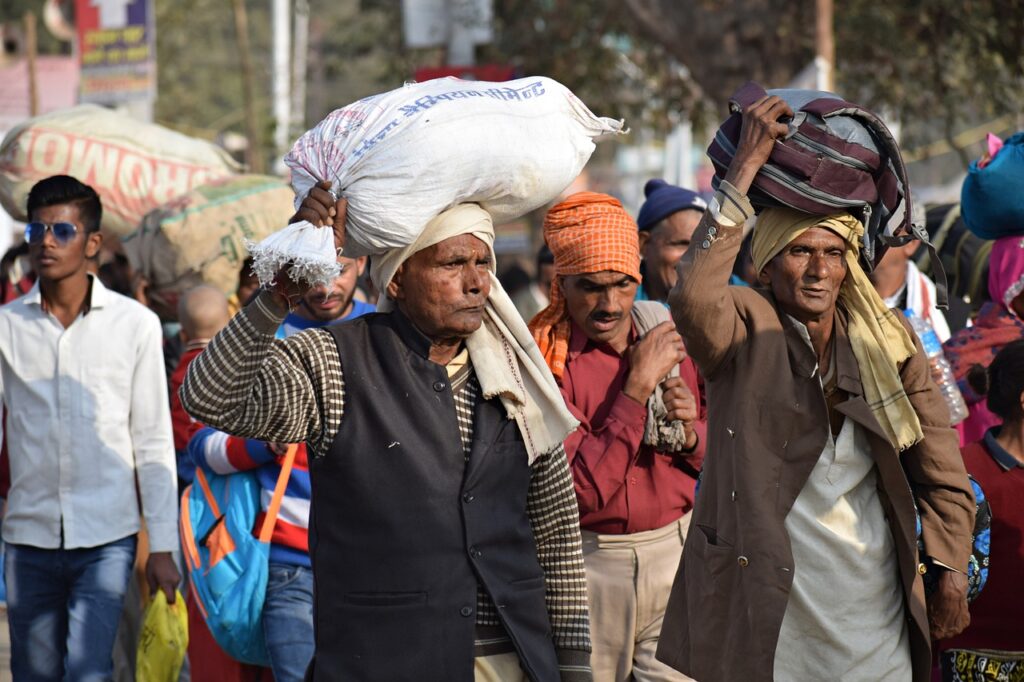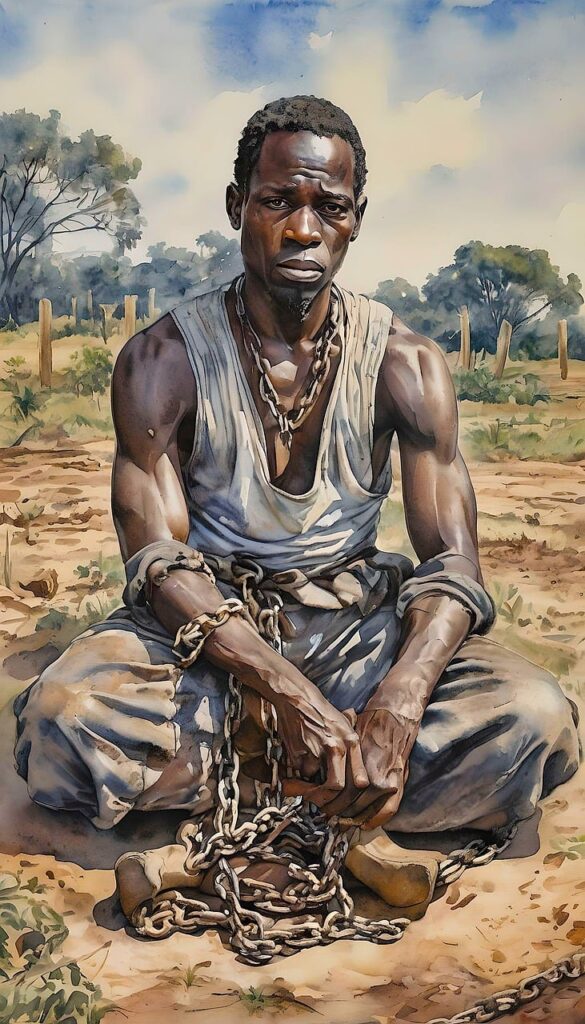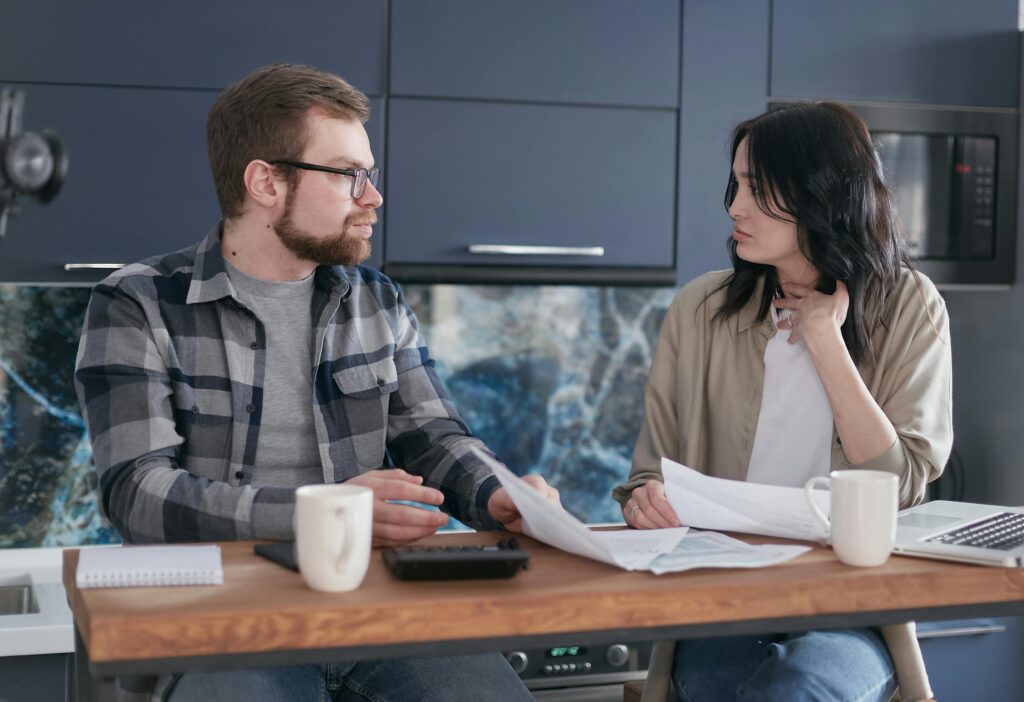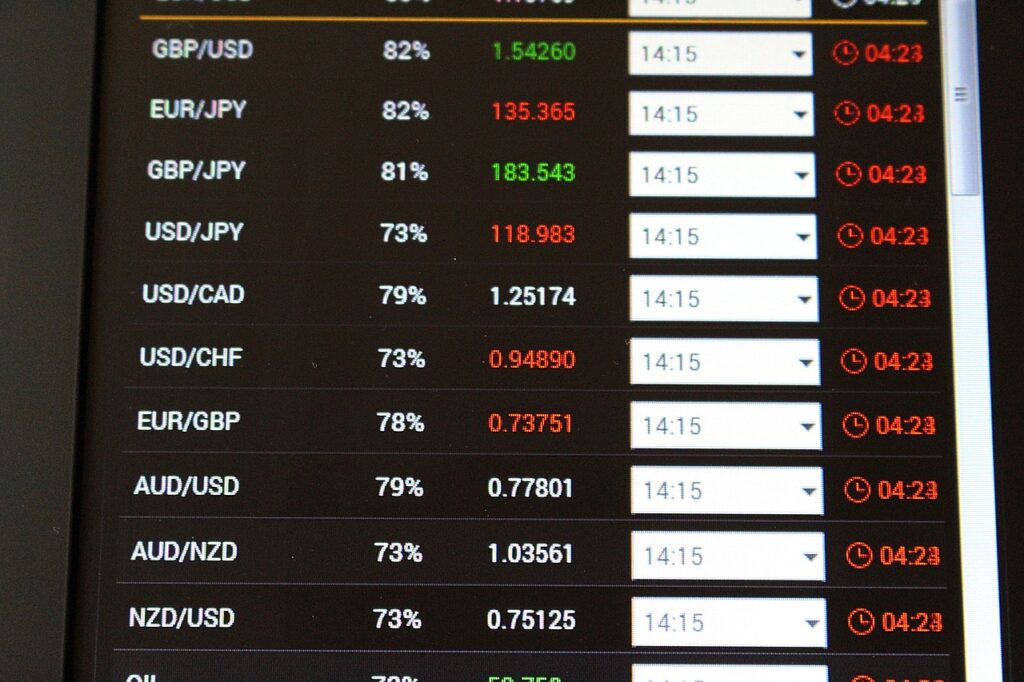Before the fall of Zimbabwe’s currency, it is important to note that after Robert Mugabe became
Prime Minister of the new Zimbabwe—where black oppression was no longer,
and black people were able to vote for the first time
(January 14, 1980)—Zimbabwe was shaping up to become one of the top players in Africa.
Before continuing, I urge you to read The Fall of Zimbabwe’s Currency: Part 1
for a better understanding of the context.
Robert Mugabe’s Plan for Zimbabwe

At this time, Zimbabwe was thriving in mining, agriculture, and manufacturing.
Mugabe’s influence also led to an education boom (over 200%), with Zimbabwe’s education system
being recognized as one of the best in Africa—just four years after the
first black elections. Over 12 years, Zimbabwe built more than 500 healthcare centers,
making medical services accessible to all.
As we can see, Zimbabwe was off to a very promising future.
Both the majority black population and the minority white farmers,
who were highly experienced, played a significant role in driving
the booming agriculture that Zimbabwe enjoyed.
The Fall of Zimbabwe’s Currency: The Beginning Stage
Beneath this solid start, Robert Mugabe was also orchestrating a
sinister plan to ensure he stayed in power for an extended period by
eliminating competition from rival parties. The question now is: how did he plan to achieve this?
The Formation of the Gukurahundi
The term Gukurahundi has profound cultural significance in Zimbabwe.
It originates from the Shona language,
translating to “the early rain that washes away the chaff.”
Between 1983 and 1987, Zimbabwe experienced a series of violent internal
conflicts led by the ruling ZANU party under Robert Mugabe.
In 1981, Mugabe enlisted North Korean instructors to train his loyal,
pro-assembled soldiers, known as the Gukurahundi (the Fifth Brigade).

Mugabe used the Gukurahundi like chess pieces to eliminate or weaken his competitors,
mainly the ZAPU party led by Joshua Nkomo.
This military operation targeted members of the Ndebele ethnic group.
The Fall of Zimbabwe’s Currency: Damage by the Fifth Brigade
The scars left by this military operation have become a historic moment that Zimbabweans will never forget.
The operation resulted in numerous human rights violations, including mass killings, rape, torture,

and the destruction of villages. It is estimated that between 10,000 and 20,000 people were killed,
though the true figure may be higher due to a lack of detailed investigations.
One-Party State: Mugabe’s Power
After the destruction caused by the Gukurahundi,
the weakened ZAPU party left Joshua Nkomo with no option but to sign the Unity Accord in 1987.
This legislation merged ZAPU into ZANU,
enabling Robert Mugabe to eliminate political competition and establish a one-party state.
With control over the constitution, Mugabe became executive president and used propaganda
to control media outlets, silencing what remained of his opposition.
These actions ensured Mugabe’s authoritarian rule and extinguished any hope for democracy.
The Fall of Zimbabwe’s Currency: Economic Policies
Next, Mugabe influenced economic policies that made it difficult for entrepreneurs to fire employees,
discouraging hiring due to fears of being unable to terminate unproductive staff.
Mugabe then made a destructive move by flooding Zimbabwe’s
economy with its own fiat currency (currency not backed by precious metals like gold).
This excessive money printing was intended to buy support from the people by funding education,

healthcare, and sizable monthly payouts for veterans.
However, this increased the government payroll by an estimated 60%.
Lesson: Money Printed Is Money That Needs to Be Paid Back
When a central bank prints money for education, healthcare, and other expenses,
the government must repay it, often through increased taxes.
Unlike infrastructure or industry investments,
these expenses do not generate returns, increasing government debt.
Crumble of Zimbabwe’s Breadbasket
By 1989, excessive government spending accounted for half of Zimbabwe’s GDP.
State-owned enterprises failed to meet investment demands,
unemployment surged to 26%, and international lenders pressured Zimbabwe to reduce spending.
The IMF implemented a structural adjustment program (SAP) to stabilize the economy by reducing government spending,
easing import controls, and attracting foreign investment.
While it brought some stability, it also led to unemployment
and a decline in public services, plunging Zimbabwe into a steep recession.
Default on Repayments
After the World Bank refused to grant a $100 million stimulus,
Mugabe halted debt repayments. Foreign investors lost confidence,
and the Zimbabwean dollar lost over 70% of its value in a single day.
Land Reform Act: Redistributing Land
In 1999, Mugabe introduced the Fast Track Land Reform program,
seizing white-owned land and redistributing it to black Zimbabweans.
However, much of the land went to ZANU elites, and its productivity plummeted.
More Money Printing and Hyperinflation
To suppress protests, the government printed more money,
leading to inflation surpassing 100%.
By 2008, inflation was estimated at 89.7 sextillion percent,

rendering savings worthless and public services non-functional.
The Fall of Zimbabwe’s Currency: Conclusion
Zimbabwe’s economic downfall, once promising under Robert Mugabe’s early leadership,
was driven by poor governance, corruption, and catastrophic policy decisions.
Excessive spending, rampant money printing, and land reforms destroyed agriculture,
fueled unemployment, and triggered hyperinflation.
Mismanagement of international loans and neglect of economic fundamentals
devastated the currency and economy, plunging millions into poverty.
This tragic story serves as a powerful reminder of the
consequences of unchecked power and economic mismanagement.























